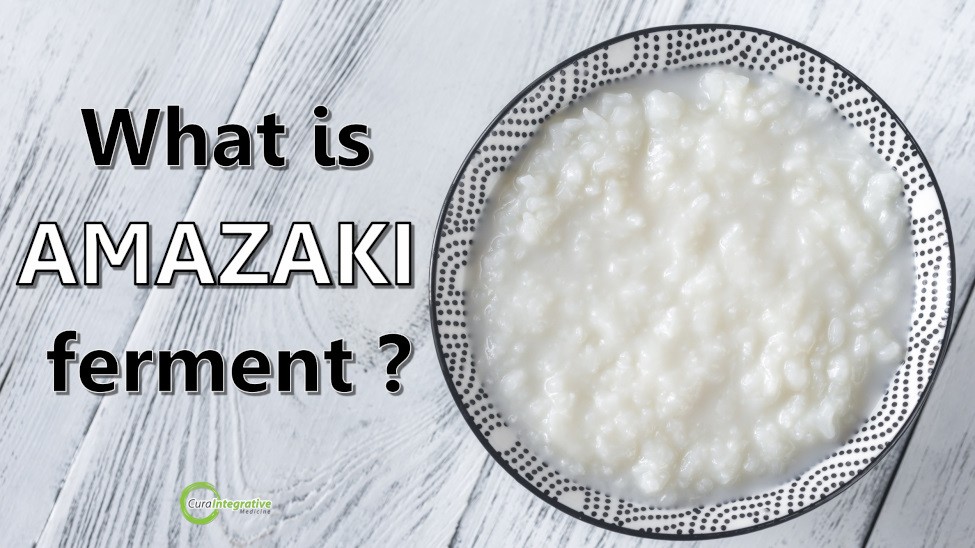Koji is a less known superfood found in a variety of macrobiotic foods. Containing Aspergillus oryzae, koji is used to make foods such as miso, amazaki and tamari. Read More…

Glandular Fever Virus and Increased Autoimmune Risk
Posted 7 Jun '18
A recent ground breaking scientific study found that the Epstein-Barr virus, or the EBV, caused the risks of developing at least seven other major diseases to increase. These major diseases include inflammatory bowel disease (IBD), Coeliac disease, type 1 diabetes, multiple sclerosis (MS), rheumatoid arthritis (RA), juvenile idiopathic arthritis (JIA), and systemic lupus erythematosus (SLE). EBV is known to cause monomucleosis or the kissing disease.
A protein that the EBV produces, called EBNA2, attaches itself to several locations in the human genome that are linked to these major diseases. What is alarming is that the virus is as common as it infecting about 90 percent of people worldwide upon reaching the age of 20. In less developed countries, 90 percent get infected by two years of age. Once the virus enters the body, it remains there for the entire lifetime.
The “kissing disease”, as mononucleosis is nicknamed, is spread primarily through the saliva and causes extreme fatigue. Through the years, the virus have been found to be linked to other rare conditions such as cancers of the lymphatic system, hashimotos and lupus.
When viruses and bacteria strike, the body responds by commanding the immune system to get B cells to produce antibodies to fight the invasion. However, when there is an EBV infection, something else happens. It invades the B cells themselves, takes over, and controls their functions through tiny proteins called transcription factors.
The human body has around 1,600 identified transcription factors, and each cell has a subset of these proteins to do each of their roles. They move about the DNA strands, telling the genes when to function.
So what happens when the EBV starts controlling these transcription factors? The cells’ functions change, leading to different, seemingly unrelated, diseases. When abnormal TFs attach to a part of the genetic code, a risk for lupus arises. And when those same TFs get to a different part of the code, it causes a whole new disease, such as multiple sclerosis. And the pattern goes on.
Although at this stage, there is no clear count as to how many cases can be traced to prior EBV infection. Studies will require more genomic analyses that involves more patients with these conditions. And the impact of the EBV varies across them. There are several compounds that are now known to be capable of blocking some of the transcription factors that are high-risk.
While findings related to EBV involved more than sixty protein related to the seven diseases, a research team applied the same techniques to analyse and find the connection between all 1,600 transcription factors, and they found associations to 200 more diseases, including breast cancer.
The study emphasises how environmental factor can affect the human genetic blueprint. Factors such as infections, whether viral, fungal or bacterial, pollution, poor diet, and exposure to hazardous materials.





